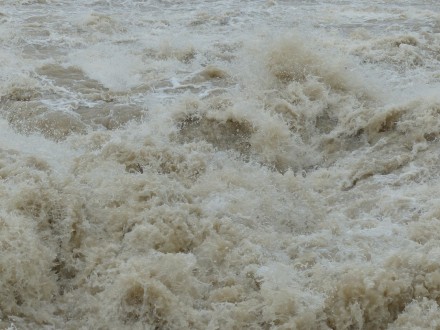

The taxpayer owned a rental property that sat on land owned by the United States government. The taxpayer owned the house, but the government owned the land and the taxpayer made lease payments to the Army Corps of Engineers.
After a big rainstorm, the nearby river flooded and completely destroyed the house.
The taxpayer got an appraisal which clearly showed the house was worth $0 after the flood. But there was one sticking point: the appraisal also showed that the underlying land had an “intrinsic value” of $20,000.
So, for calculating the casualty loss, do we use $0 as the fair-market value, or $20,000?
After discussion with the appraiser and with numerous tax pros, the taxpayer and I decided it was feasible to use $0.
Our justifications were:
- The taxpayer didn’t own the underlying land anyway, and
- The land was worthless without a structure on it
We had it in writing from a Realtor that there was no way the taxpayer could hope to sell the property with a destroyed building on it.
We discussed this with the appraiser. He said that while the land still had a value of $20,000, he agreed that the property was worthless to the taxpayer because the building was destroyed.
So, we calculated the casualty loss using $0 as the current market value.
This happened a number of years ago, in the early days of my business, and it was the first time I had to deal with a situation that kept me up at night. But after much research and discussion with other tax pros, I felt comfortable with the way we reported the loss.


[…] Jason Dinesen, How Much is the Casualty Loss When a Rental Property Sits on Leased Land? […]